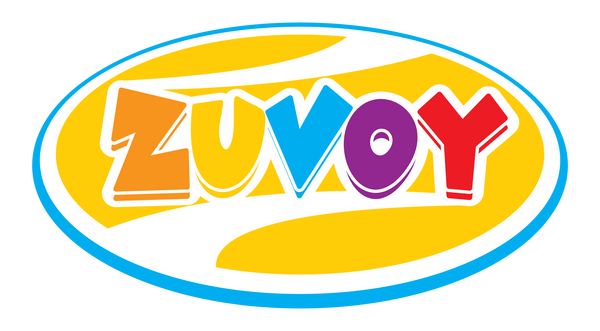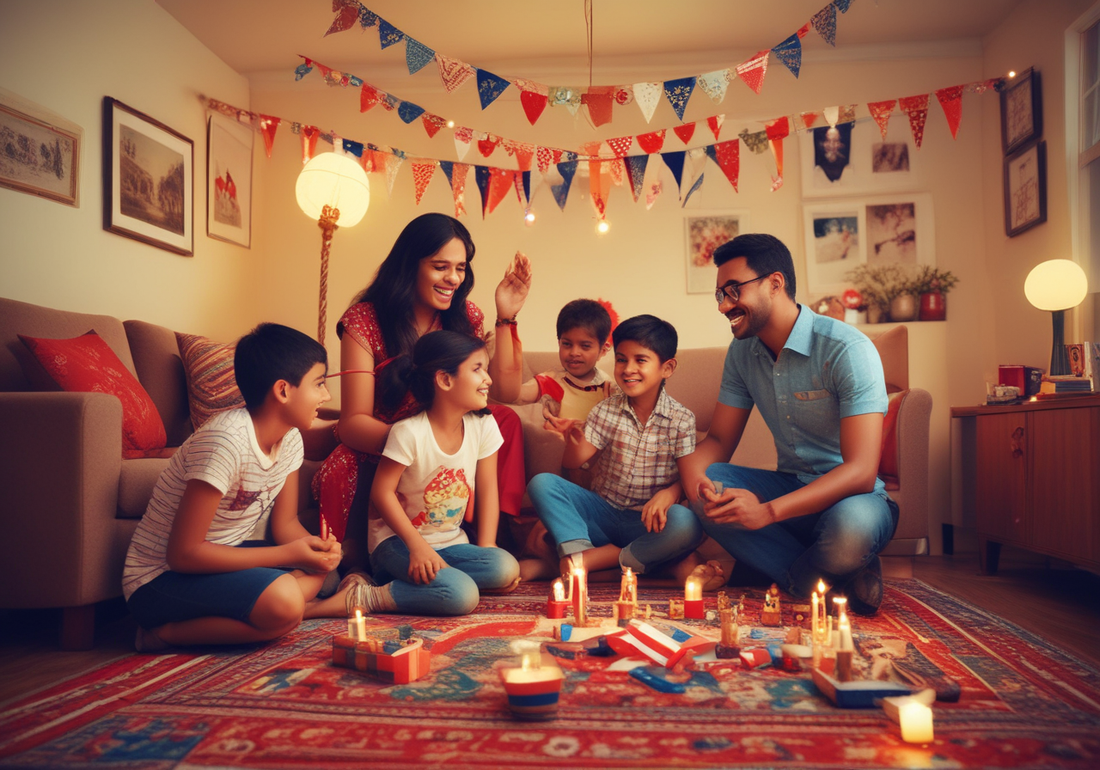Key Highlights
- Instilling patriotism in young children at home involves meaningful conversations, hands-on activities, and teaching the significance of American symbols.
- Explaining the pledge of allegiance, American flag etiquette, and patriotic holidays helps kids understand the “why” behind traditions.
- Sharing stories of historical events and heroes makes the country’s history come alive for children.
- Creative projects, music, and family service can deepen devotion and pride in America.
- Addressing misconceptions about patriotism ensures a respectful and inclusive approach for children of all backgrounds.
Introduction
Patriotism can be a powerful value to introduce to young children, offering them a sense of belonging and pride in their community. At home, you have the unique chance to encourage this devotion beyond simply flying the American flag. By mixing engaging conversations, creative activities, and a genuine appreciation for American traditions, you can help your kids connect with the country’s history. Teaching patriotism isn’t just about rituals—it’s about helping children appreciate what it really means to be American.
Understanding Patriotism for Children in the Indian Context

Introducing patriotism to children begins with simple, everyday examples that they can understand. For many American families, patriotism means more than just loyalty to a flag—it's about showing allegiance, respect, and devotion to both people and principles that make the country unique. For young kids, these ideas are best introduced through stories and traditions that highlight kindness, unity, and gratitude for freedom.
It’s important to distinguish patriotism from nationalism. While nationalism may focus on competition or superiority, true patriotism emphasizes love, service, and the shared values that unite Americans. By building these ideas into home life, you help your children develop a deeper, more meaningful sense of allegiance to their country.
Explaining Patriotism in Simple Terms and Everyday Examples
Patriotism can sound like a big word to young children, but it’s really about caring for and appreciating where you live. You might start by saying, “Patriotism means being proud of your country and wanting to help it be the best it can be.” This can include small acts, like standing for the pledge or singing the national anthem, to show respect for the freedoms Americans enjoy.
Daily routines offer practical opportunities to reinforce these ideas. For instance, flying the American flag correctly or pausing during the national anthem at a sports game shows your kids how allegiance is displayed. You can talk about the meaning behind the pledge of allegiance, explaining it’s a promise to be loyal and fair to everyone in the country.
By connecting patriotism to actions—such as thanking a veteran or participating in community service—you help children see that devotion to their country is more than just words. It’s about working together, helping others, and appreciating the sacrifices made by those before us.
Addressing Common Misconceptions About Patriotism
Children may develop misconceptions about patriotism if the idea is not discussed openly. Some may think patriotism means always agreeing with the government or believing America is better than other countries. Others might feel left out if their family traditions look different from those of their peers.
You can address these misunderstandings by clarifying:
- Patriotism is about love and devotion to your country, not blind support for everything it does.
- It is possible to be patriotic and still question or want to improve your country.
- American patriotism includes respect for people from all backgrounds and beliefs.
- Showing patriotism doesn’t mean you can’t enjoy or appreciate other cultures.
By encouraging thoughtful conversations and highlighting diverse stories, you help kids see patriotism as inclusive and positive—focused on unity and service rather than superiority.
Incorporating Indian History and National Symbols at Home

Bringing American history and symbols into your home helps children relate to the past in a hands-on way. You might display the American flag, talk about its colors, or create simple crafts together. Celebrating patriotic holidays—like Memorial Day, Flag Day, and the Fourth of July—provides natural moments to discuss the country’s journey to freedom and those who made sacrifices.
Exploring stories of historical events or notable figures can make patriotic education meaningful. These conversations set the foundation for deeper learning through engaging activities.
Using Stories of Historical Events and Freedom Fighters
Stories capture children’s imaginations while teaching important lessons about patriotism. For example, reading about the signing of the Declaration of Independence or the courage of soldiers at historic battles helps children realize the effort and sacrifice involved in building the country. Sharing stories about the Bill of Rights and the freedoms it guarantees makes the concept of liberty real for young listeners.
Including tales of freedom fighters and activists from different backgrounds shows children that devotion to America has many faces. You can also sing patriotic songs together, which not only entertain but also reinforce historical lessons and values.
|
Event/Figure |
Lesson for Kids |
|---|---|
|
Declaration of Independence |
The birth of American freedom and the importance of standing up for rights. |
|
Bill of Rights |
The value of personal freedoms and responsibilities. |
|
Harriet Tubman |
Courage and the fight for justice for all Americans. |
|
George Washington |
Leadership and dedication in shaping the nation. |
|
Martin Luther King Jr. |
The ongoing pursuit of equality and unity in America. |
Interactive Activities with the Indian Flag and Anthem
Interactive activities help children connect with patriotic symbols and rituals. Raising or crafting the American flag together lets kids learn about its history and etiquette firsthand—especially on days like Flag Day. Singing the national anthem as a family, or discussing the meaning behind the pledge of allegiance, deepens their understanding in a memorable way.
Here are some age-appropriate activities:
- Create DIY American flag crafts using paper, fabric, or recycled materials.
- Organize a mini parade at home, with kids waving handmade flags.
- Play and sing along to patriotic songs, explaining their significance.
- Practice reciting the pledge of allegiance, discussing what each phrase means.
These experiences help children internalize the values behind the symbols and traditions they see all around them.
Creative Home Activities to Foster Patriotism
Parents have many options to make learning about patriotism enjoyable. Engaging in arts and crafts projects or singing patriotic songs together can spark curiosity about American traditions. Family activities and creative play make these lessons stick, turning patriotic education into a great time for everyone.
Encouraging kids to participate in these projects not only supports their understanding of the country’s history but also strengthens family bonds. Next, let’s explore some specific projects and ideas you can try at home.
Arts, Crafts, and Musical Projects with Patriotic Themes
Crafts and music are perfect for making patriotism fun and memorable. Arts activities—such as painting fireworks or designing flag windsocks—encourage self-expression and creativity while teaching about American symbols. For Flag Day, you can help kids craft their own mini flags, explaining what each color stands for.
Music also plays a big role in patriotic education. Singing songs like “You’re a Grand Old Flag” or “This Land Is Your Land” builds language skills and introduces important values. Dancing or playing simple musical instruments can turn these songs into interactive experiences.
Some creative project ideas include:
- Painting American flag rocks to place in your yard or neighborhood.
- Making star-shaped crafts for Independence Day decorations.
- Creating a family playlist of favorite patriotic songs.
- Recording a video performance of the national anthem to share with friends and family.
Family Discussions, Role Plays, and Community Service
Family discussions are a powerful way to bring patriotism to life. Talking about the meaning behind patriotic holidays, or the experiences of family members who have served in the military, makes the topic personal and relatable. These conversations can look very different from formal lessons given at school, as they allow for open dialogue and personal stories.
Role plays are another effective tool. You might act out scenes from American history, or pretend to be leaders making important decisions. This active approach helps children see how their actions and choices can also reflect devotion to their country.
Community service rounds out the learning experience. Volunteering as a family—writing letters to deployed soldiers, helping at local events, or honoring veterans—shows kids that patriotism means serving others and strengthening bonds within the community.
Conclusion
In conclusion, nurturing a sense of patriotism in children can be both fun and impactful. By incorporating interactive activities that highlight Indian history, national symbols, and stories of freedom fighters, you create an engaging learning environment. Use arts and crafts, role plays, and family discussions to foster a deeper understanding of what patriotism means in the Indian context. Encouraging children to participate in community service further reinforces their connection to their country. As parents and educators, it is essential to approach this topic with sensitivity, ensuring inclusivity and openness in discussions. Let’s inspire the next generation to appreciate and celebrate their heritage with pride. If you’re looking for tailored guidance on teaching patriotism to your kids, feel free to reach out for a consultation!
Frequently Asked Questions
How can I make lessons on patriotism inclusive of all backgrounds?
To make patriotism lessons inclusive, celebrate the diverse backgrounds that make up America. Share stories of various cultural contributions and highlight that patriotism involves respecting everyone’s experiences. Use activities and discussions that invite children of all backgrounds to feel valued and included in your patriotic education.
What are age-appropriate ways to teach patriotism to preschoolers?
For preschoolers, focus on simple, hands-on activities like making flags, singing short patriotic songs, and standing for the pledge. Use age-appropriate books or stories to introduce basic ideas about kindness, freedom, and respect, making patriotic education fun and easy for young children to understand.
Are there any potential downsides to teaching patriotism to kids?
While teaching patriotism can foster devotion and unity, it’s important to avoid promoting nationalism or exclusion. Overemphasizing pride without respect for others may lead to misunderstandings. Balance your education by encouraging critical thinking, open discussions, and respect for all people and perspectives.

